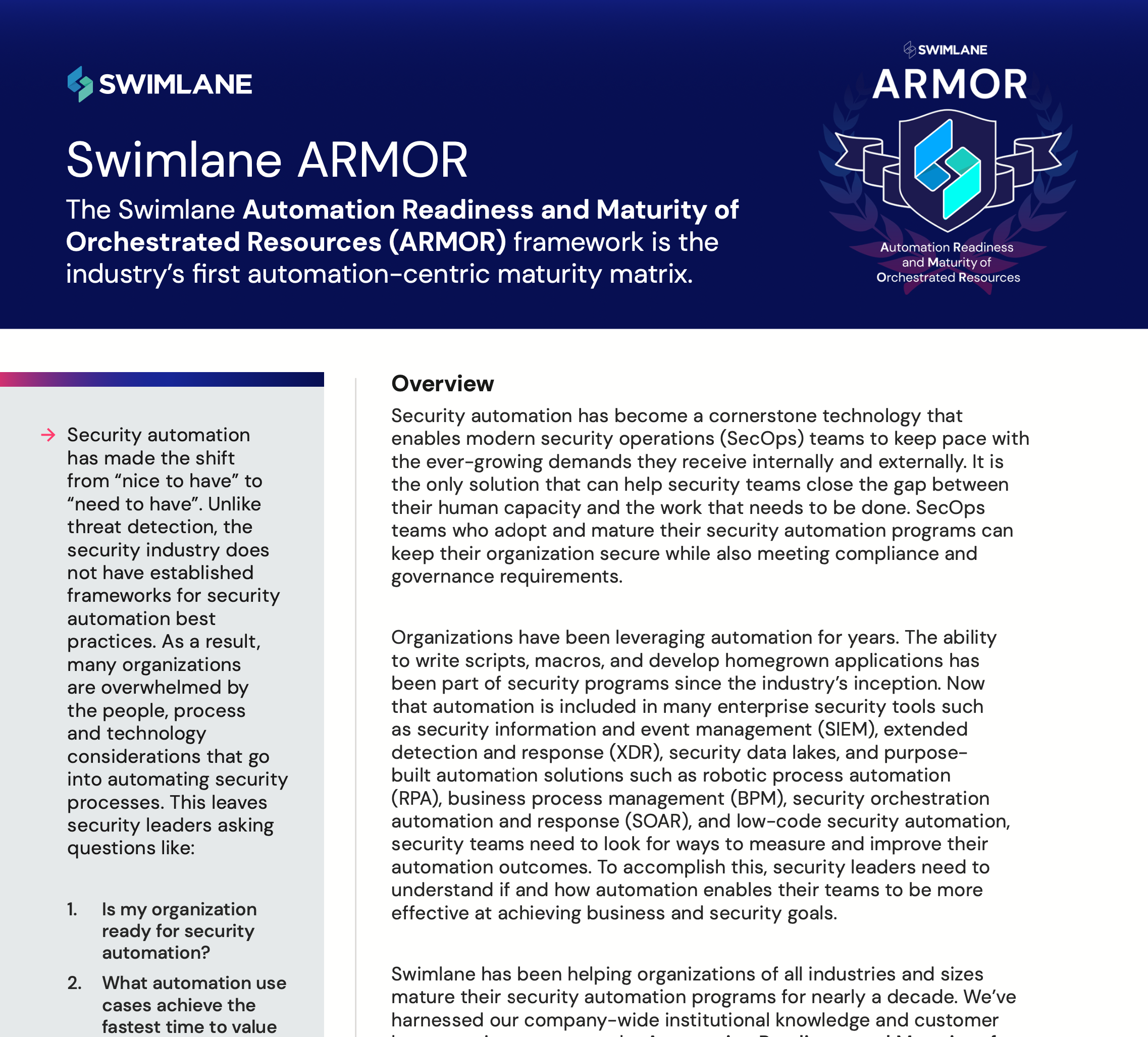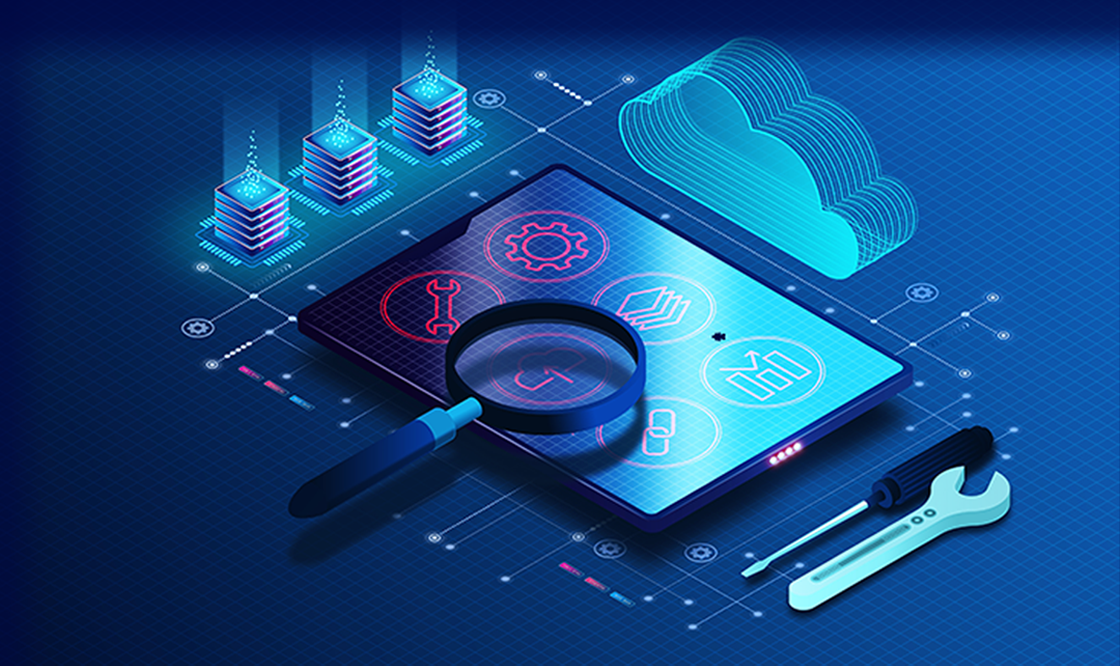In today’s digital age, where cyber threats are becoming increasingly sophisticated and relentless, the need for robust cybersecurity measures has never been more critical. Enter Security Orchestration—a dynamic approach designed to fortify organizations’ defenses by streamlining and enhancing the efficiency of their Security Operations Centers (SOC).
But what exactly is security orchestration? What is the overall purpose of security orchestration? And what is the difference between security orchestration and security automation? Here, we delve into the nuances of Security Orchestration, explore its benefits, and offer insights into how you can transform your organization’s security posture.
What is Security Orchestration?
Security orchestration, according to the Infosec Institute, is “the act of integrating disparate technologies and connecting security tools, both security-specific and non-security specific, in order to make them capable of working together and improving incident response.”
More simply, security orchestration is a method used in cybersecurity that integrates and coordinates the various tools and processes involved in a security operation.
What is the Overall Purpose of Security Orchestration?
Security orchestration’s overarching goal is to improve security operations’ efficiency by automating the manual tasks performed by SOC analysts and streamlining different tools, technologies, and SOC processes. This approach ensures that an organization’s defense mechanisms, including cloud and network systems, are more effectively aligned to allow for a swifter and more coordinated response to different types of cybersecurity attacks and threats.
Cloud Security Orchestration
Cloud security orchestration refers to the coordination and management of various security processes and tools within a cloud computing environment. It aims to streamline and optimize the security posture of cloud-based systems by integrating different security solutions to work seamlessly together.
Network Security Orchestration
Network security orchestration enhances the overall security infrastructure by coordinating actions across various network security components, such as firewalls, intrusion detection and prevention systems (IDPs), and malware protection.
What Is the Difference Between Automation and Orchestration?
The main difference between security orchestration and security automation is that security orchestration involves coordinating a wide range of security tasks simultaneously across tech stacks, while security automation focuses specifically on the use of automated tools and processes to perform tasks. And these tasks can include automating the deployment of security patches, investigating security incidents, and implementing security controls.
The Benefits of Security Orchestration
Now, there are many advantages of enriched security orchestration:
- Efficiency: As mentioned, security orchestration streamlines SecOps teams by automating repetitive tasks, reducing manual effort, and enabling faster response to security incidents.
- Improved Response Time: By integrating security tools and then automating incident response workflows, orchestration reduces the mean time to detect (MTTD) and mean time to respond (MTTR) to security incidents.
- Enhanced Accuracy: Orchestration ensures consistent execution of response actions, minimizing the risk of human error and increasing the accuracy of incident handling.
- Scalability: Security orchestration enables the handling of higher volumes of alerts and incidents without proportionally increasing resources, ensuring scalability to address growing security threats.
- Centralized Management: Orchestration platforms provide a centralized dashboard for managing security alerts, incidents, and response activities, offering better visibility and control over SecOps.
- Integration Flexibility: Orchestration solutions offer flexible integrations with a wide range of security platforms and tools, allowing organizations to leverage their existing investments and adapt to evolving security needs.
- Compliance and Reporting: Security orchestration facilitates compliance management by automating repetitive compliance tasks, generating audit trails, and providing reporting capabilities to consistently adhere to regulatory requirements.
- Threat Intelligence Integration: Orchestration platforms can integrate threat intelligence feeds to enrich alerts with real-time threat data, enabling more informed decision-making and proactive threat hunting.
How Security Orchestration Tools Works
Rarely will you see security orchestration on its own – that’s why SOAR tools exist, as both orchestration and automation approaches together maximize the efficiency and effectiveness of security operations (SecOps). However, security orchestration takes a more holistic view of the security landscape with security orchestration tools working by:
- Integrating Multiple Technologies: Security orchestration first connects various solutions, both internal and external, through built-in or custom integrations and rest APIs without hindering each other’s processes.
- Coordinating Workflows: It coordinates the actions and workflows of these interconnected tools to ensure seamless communication and collaboration, increasing the efficiency of each individual component.
- Enabling Automation: Security orchestration then allows the automation of repetitive tasks and processes, reducing manual effort, reducing response times, and improving security metrics and threat intelligence.
- Enhancing Incident Response: These coordinated workflows facilitate improved threat detection and incident response by making the data export easier and more organized, allowing for faster detection, analysis, and resolution of security incidents.
Combining Security Orchestration and Automation
So, we’ve discussed the differences between security orchestration and automation; now, it’s time to explain the benefits of combining them.
What is the purpose of automation and orchestration?
1. Increased SOC Efficiencies
As mentioned, security orchestration and automation together allow security operations (SecOps) teams to automate many routine tasks, freeing up SOC analysts to focus on more complex and high-priority tasks. With this, SOCs become more efficient in aggregating the vast amount of data, turning that data into actionable insights, and then automating a significant percentage of the incident response process. Reducing the workload of security staff is also crucial with the ongoing cybersecurity skills shortage.
2. Improved Incident Response
With efficiency comes scalability. When orchestration and automation collaborate, security teams can analyze a larger volume of incidents without proportionally increasing resources. A robust SOAR platform can provide a centralized platform for managing incident response. This can help organizations respond to the growing number of complex threats more quickly and effectively.
3. Integration with Diverse Tech Stacks
Certain orchestration and automation solutions can integrate with a variety of different security tools and processes, allowing organizations to better manage their security infrastructure and gain a more comprehensive view of their security posture.
4. Improved Security Risk Posture
By automating tasks and integrating different security tools and processes, a SOAR platform can help organizations identify and mitigate potential security risks more effectively. This can help reduce the organization’s overall risk profile.
Using a SOAR Platform in Today’s Digital Landscape
In the past, one of the most valuable solutions in a SOC environment was a Security Orchestration, Automation and Response (SOAR) platform. It was designed to add that missing layer of action needed to quickly and efficiently triage alerts, reduce the number of false positives, and provide analysts with the security intelligence they need.
However, SOAR solutions have not kept up with the needs of a modern SOC, failed to address cloud security use cases, and remained at the basic end of that spectrum. SOC automation has come a long way since the release of SOAR platforms, and many organizations need more advanced solutions. But what is SOC automation? SOC automation is the use of AI and technology to streamline tasks in a SOC like alert triage, incident response, and reporting—so teams can work faster, smarter, and with less manual effort. Security Orchestration, Automation, and Response vendors, like us here at Swimlane, have had to keep up. And this is where Swimlane Turbine comes in…
Automate Your SOC with Swimlane Turbine
A new era of security orchestration and automation is here. Swimlane Turbine is the world’s fastest and most scalable security automation platform. With Swimlane Turbine, SecOps teams are able to leverage AI-enhanced automation to handle routine tasks and streamline integration processes, freeing security professionals to concentrate on complex issues that demand human expertise. This approach not only boosts operational efficiency but also helps organizations maintain compliance and fortify their resilience against the ever-evolving landscape of cyber threats.

The Swimlane ARMOR Framework
SecOps teams who want to map their goals, tactics, and security automation use cases to industry standard frameworks like NIST, CMMC, CMMI or C2M2


